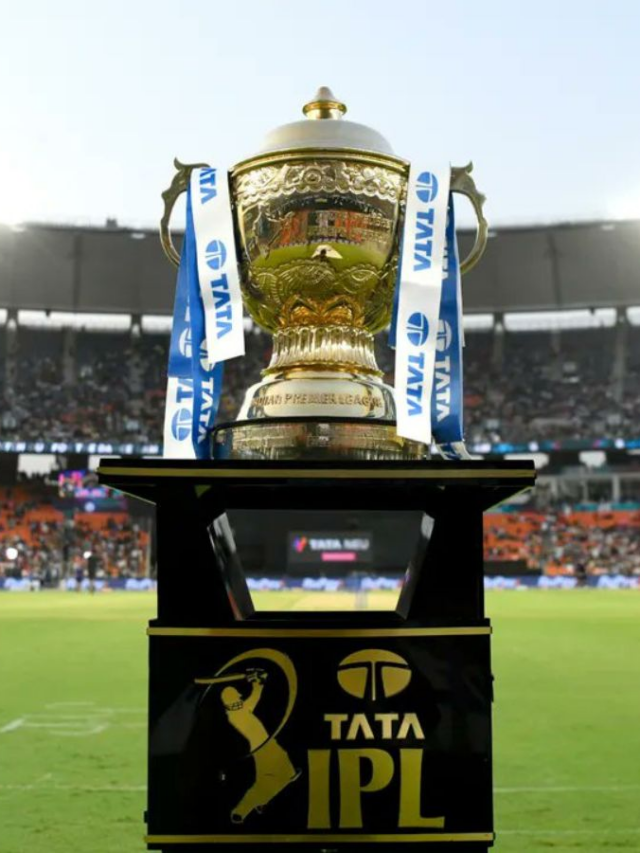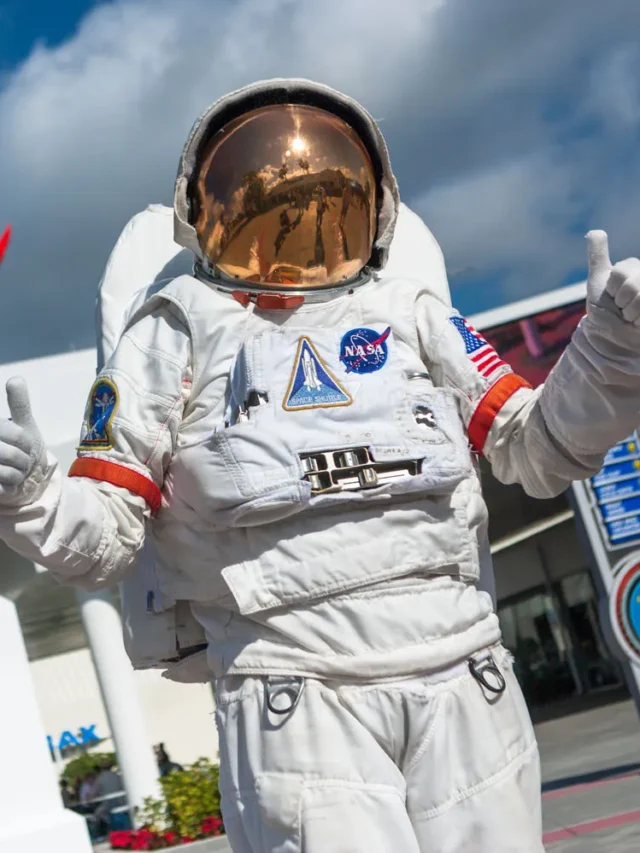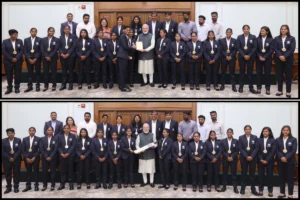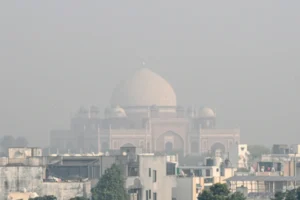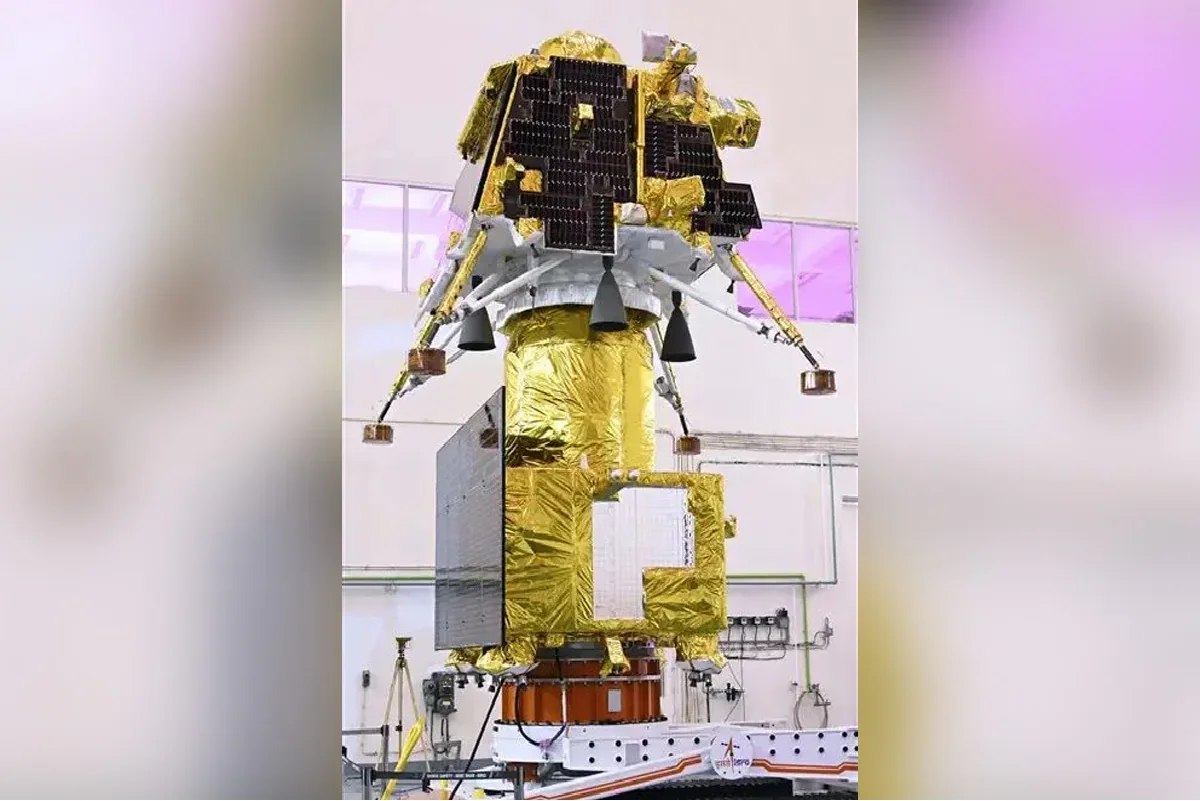
The Chandrayaan-3 mission is prepared to start its journey to the moon after roughly 15 days of space travel. Tonight, the spaceship will experience the crucial Trans Lunar Injection.
This crucial event will occur on August 1 between 12 and 1 am, according to the Indian Space Research Organisation (ISRO). The spacecraft’s Propulsion Module’s engines increase the velocity, which is anticipated to last 28 to 31 minutes.
A spacecraft can be propelled with the TLI to put it on a trajectory that will put it on course to collide with the Moon. It entails a substantial burn, often accomplished by a chemical rocket engine, which raises the spacecraft’s velocity.
With this increased speed, its low-Earth orbit transforms into a highly eccentric one. The size and timing of the TLI burn are designed to precisely target the Moon as it orbits the Earth.
The burn is timed to occur as the Moon approaches and as the spacecraft approaches its apogee (closest point). After executing a hyperbolic lunar swingby, the spacecraft finally reaches the Moon’s zone of influence.
On July 14, 2023, Chandrayaan-3 was launched from Sriharikota’s Satish Dhawan Space Centre. Since then, it has completed five orbit-raising manoeuvres successfully, advancing towards its final destination. An important stage in this path is the impending TLI.
After the TLI is successfully completed, Chandrayaan-3 will begin its lunar transfer arc, which approximates an elliptical orbit around the Earth with an apogee close to the orbital radius of the Moon.
After a series of intricate manoeuvres, the spacecraft is anticipated to arrive in lunar orbit. The mission will enter its moon-centric phase once in lunar orbit, with a number of crucial activities planned, including the lander’s separation, a series of deboost manoeuvres, and eventually the descent phase for a soft landing on the moon’s surface.
The scientific equipment aboard Chandrayaan-3 is intended to investigate several features of the lunar surface, such as the elemental composition close to the landing site, the lunar surface plasma environment, the lunar seismicity, and the thermophysical properties of the lunar regolith.
The Chandrayaan-3 mission’s overall cost, at Rs 615 crores, is much less than that of Chandrayaan-2.
It will run after landing for one lunar day, or roughly 14 days on Earth. This mission represents an important turning point in India’s space exploration endeavours, advancing our knowledge of the Moon and opening the door for more lunar missions.
Also Read: GST Council Likely To Block Online Games Evading Taxes
To read more such news, download Bharat Express news apps














